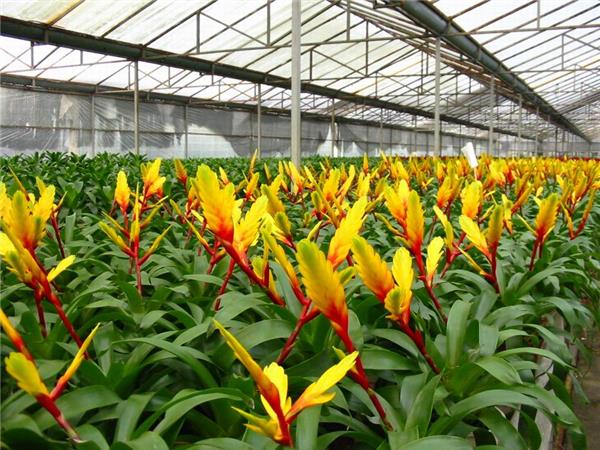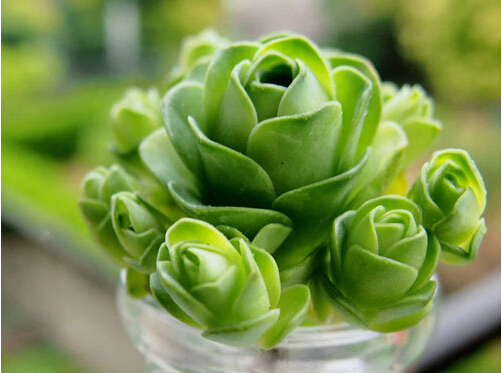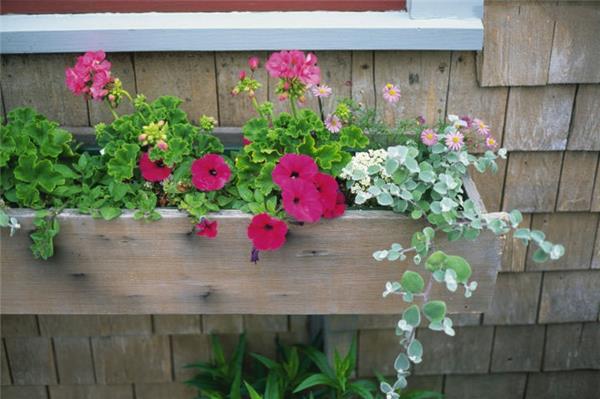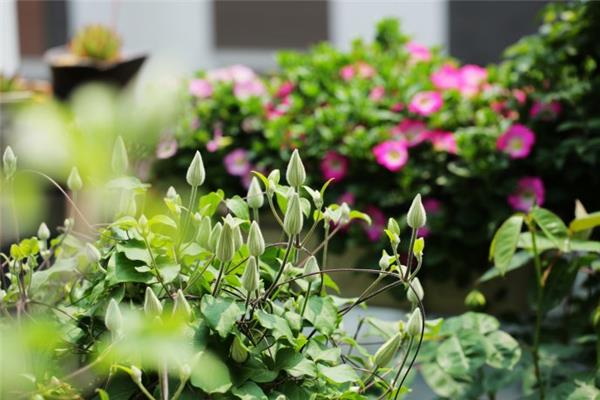Summer flower farming precautions
Potted flower farming is not like wild flowers, which can be left to fend for themselves, because potted flowers are mostly used to beautify the house. If potted flowers become wilted because of the high temperature in summer, they will not play their original role, so we must pay attention to nursing care in breeding.

I. key points of summer management of potted flowers
1. The light should be appropriate: first of all, it should be considered that summer is a hot season, and many flowers do not adapt to this high temperature. They generally like flowers with sufficient light, such as rose, pomegranate, sweet-scented osmanthus, jasmine, plum blossom, cactus, etc., after leaving the room in spring, they should be kept in a sunny place to maintain, but in the middle of summer, they should also be moved to a slightly shaded place to prevent strong light exposure. Generally negative or strongly negative flowers, such as orchids, tortoise back bamboos, hanging orchids, ferns and gentleman orchids, should be put in a well-ventilated, shaded and scattered light place in summer, or a shade shed can be set up with reeds or bamboo curtains to maintain the flowerpots under the shade sheet. this can reduce the light intensity and is conducive to the robust growth of flowers.
two。 Timely pruning: after many flowers enter the summer, it is easy to grow, affecting the blossom and fruiting. In order to keep the plant shape beautiful and fruity, it needs to be pruned in time. Summer pruning usually focuses on coring, wiping buds, removing leaves, thinning price, thinning fruit and cutting off overgrown branches and residual pedicels. After the beginning of summer, it is a good time for flowers such as poinsettia, blue peach, tiger thorn plum to bend and reshape.

3. Early prevention and control of diseases and pests: the common diseases in summer are powdery mildew, anthrax, gray mold, leaf spot, bacterial soft rot, virus disease and nematode disease. For the flowers damaged by the above-mentioned bacteria, the light ones grow poorly, the ornamental value decreases, and the heavy ones die, so it is necessary to spray and control them as soon as possible. There are also many common pests in summer, such as aphids, red spiders, whitefly, shell insects and so on. These pests often gather in leaves, tender stems, buds, branches and other parts, sucking the juice of flowers, causing the leaves to turn yellow and curl, resulting in withered and yellow branches and leaves. Therefore, it is also necessary to carry out anti-lifting in time.
4. Cooling and humidifying, reasonable watering and fertilization: high temperature in summer, fast evaporation of water, moisture-loving flowers such as daffodils, tortoise-backed bamboo, calla lilies, etc. usually, such as Milan, jasmine, oleander, mulberry, etc., water once in the morning and thoroughly in the evening.
5. Planting and sowing: summer is a good time for evergreen trees, such as jasmine, rhododendron, Milan and so on. In the summer days, it is very suitable for bud grafting and lean grafting of peaches, magnolia, plum blossoms and other flowers. For some annual herbaceous flowers, their sowing can also be carried out in summer, such as tricolor Dong, melon and leaf chrysanthemum, etc., sown in July and blossom after the National Day.

Second, how should summer flowers shade the sun
First of all, to shade flowers is mainly to prevent rain and promote cooling, all large-scale production of flowers should be carried out in facilities, as far as possible to avoid open-air cultivation.
High temperature, scorching sun and showers in summer can easily cause flower disease, burns and death. in sunny weather in summer, the light intensity at noon will exceed 1-2 times the appropriate light intensity of general flowers, if certain measures are not taken, most flowers will lose water and burn. Therefore, summer flower production, generally should be appropriate shading.
Shading can not only reduce the effect of direct light, but also can significantly reduce the temperature. According to the test, shading can generally reduce the temperature in the greenhouse by 4-5 ℃. Shading is generally available with plastic shading net, the effect of external shading is better than that of inner shading, and the effect of silver shading net is better than that of black shading net.
Sunshade nets have certain specifications, in addition to the size, there is also shading rate, the specific shading rate should be determined according to the lighting needs of flowers.

The above is the introduction to the matters needing attention in growing flowers in summer. the main problem that we must pay attention to when growing flowers in summer is high temperature, because high temperature will cause excessive light and water evaporation of plants, so we must pay attention to measures to prevent high temperature in the process of breeding.
Related
- Wuhan Hospital Iron Tree Blooming Result Was Instantly Frightened by the Gardener Master
- Which variety of camellia is the most fragrant and best? Which one do you like best?
- What is the small blue coat, the breeding methods and matters needing attention of the succulent plant
- Dormancy time and maintenance management of succulent plants during dormancy
- Minas succulent how to raise, Minas succulent plant pictures
- What are the varieties of winter succulent plants
- How to raise succulent plants in twelve rolls? let's take a look at some experience of breeding twelve rolls.
- Attention should be paid to water control for succulent plants during dormant period (winter and summer)
- Watering experience of twelve rolls of succulent plants
- Techniques for fertilizing succulent plants. An article will let you know how to fertilize succulent plants.



